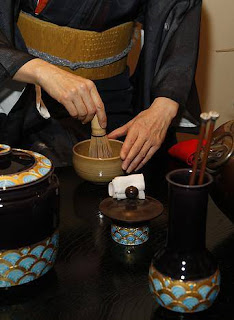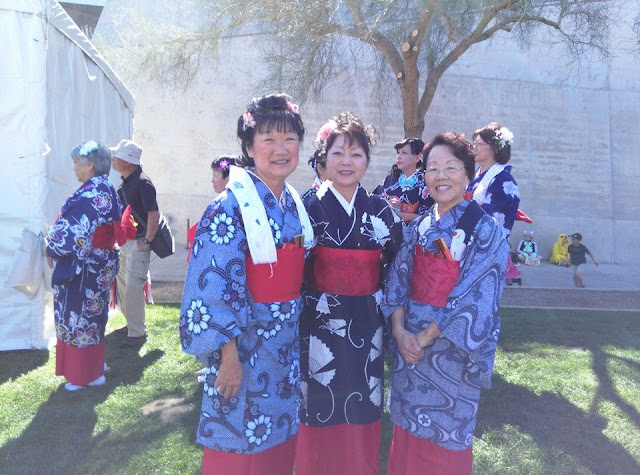Check out Connie Vines Books We Love author page for her books http://bookswelove.net/authors/vines-connie/
Are you ever emotionally drained by writing certain scenes, and how real are your characters to you?For romance novelist the emotional involvement is the 💖 of the story. Whereas fear would be the emotional of a horror story, etc.
So, like so many other romance novelists of my era, I have one key movie and one key television series which spelled out emotion in capital letters.
- The opening of the movie Romancing the Stone, where author Joan Wilder (played by Kathleen Turner) is bawling because she has finished her book with a very emotional scene in her book.
- The television series, Beauty and the Beast, starring Linda Hamilton and Ron Pearlman (as Vincent, the beast). The opening music was enough to make my throat thick and my eyes teary.
I've read meany books that brought me to tears (Jane Eyre, to name my favorite), and I must admit, I still cry when I re-read scenes in my own novels, too. Talk that dark moment in Lynx, Rodeo Romance, Book 1, when Rachel turns down Lynx's proposal. Or in Brede, Rodeo Romance, Book 2 when my heroine is willing to sacrifice her life to save Brede and his daughter. Well, you get the picture , ,
I plot my novels and short stories, however, I emotionally live my scenes. Since my settings are places I have lived or visited, I have memories and sensory reactions. In real life, since I can feel other people's emotions, which is difficult at times, and it helps for me to write it out through my characters.
Emotional draining? Yes.
Rewarding? Of course.
Please stop by and see what these wonderful authors have to say by clicking on the links below.
Happy Reading!
Connie


























